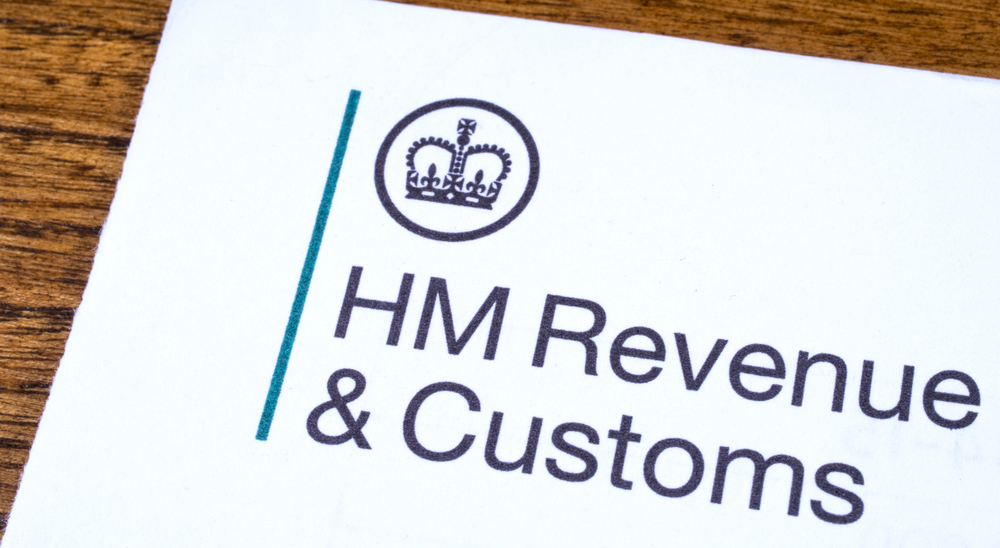Wonder if the results of the Patient Capital Review might provide more scope for partial equity release?
Wed 22 Nov 2017
The Treasury have published the results of the Consultation on Financing Growth in Innovative Firms (it was more commonly called the Patient Capital Review). A two page Action Plan has also been published. The ambition of the document was to unlock more patient capital to enable smaller businesses to scale and become large businesses. The first paragraph of the Consultation document said that: ‘Patient capital supports small firms to grow into large, world-leading businesses. These firms increase productivity by introducing new ideas into markets. The UK provides a fertile ground for world-leading innovation, but a lack of effective supply of patient capital continues to hold back some UK firms from commercialising this innovation successfully’.
What the Consultation failed to address is that even if external patient capital is available to businesses this is of relatively little importance if the owners of the business are impatient to sell it, which is where all the fiscal incentives for owners are currently loaded.
However even putting this to one side the Action Plan is somewhat less than radical in its proposals. That they are reckoned to be revenue neutral is perhaps a pretty clear indicator of their lack of transforming ambition.
Together with investment funds seeded with public money there are a series of mildly supportive tweaks to the tax system: the tweaking of existing Venture Capital reliefs to re-direct investment into high-growth innovative firms; a doubling of the allowance for people investing in knowledge intensive companies through EIS to £2m; and doubling the annual investment such firms can receive to £10m. Together these will slightly re-direct funds raised through EIS and VCT issues to higher risk investment and knowledge-intensive industries.
Small changes to Entrepreneurs Relief remove a disincentive to taking on external investment which can apply in what must be relatively few cases.
Where the provisions just might in the long term make a more significant difference is if they incentivise fund managers to make available more capital for partial equity release for owners of growth businesses, because at the moment all the fiscal incentives are for owners to sell out the entirety of their interest in a business at a relatively early stage.
For further information please contact Lindsay Pentelow – Lindsay.Pentelow@mazars.co.uk



Comments